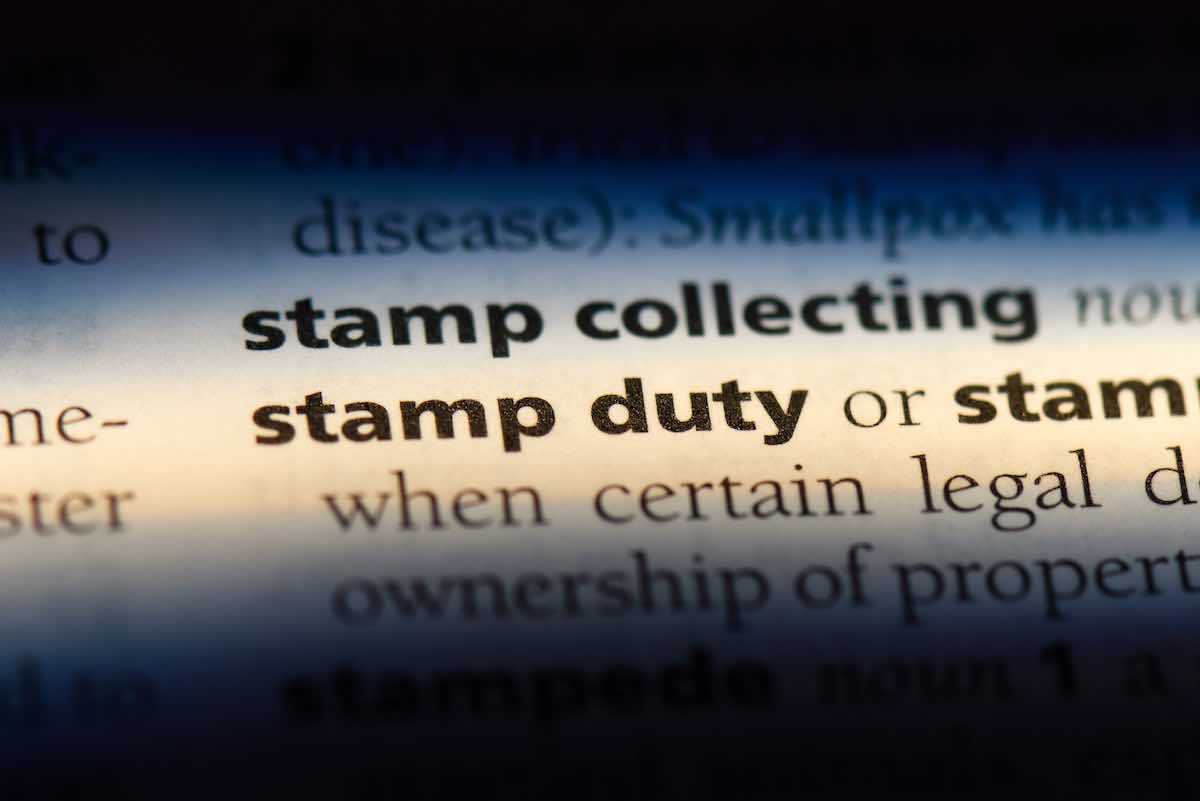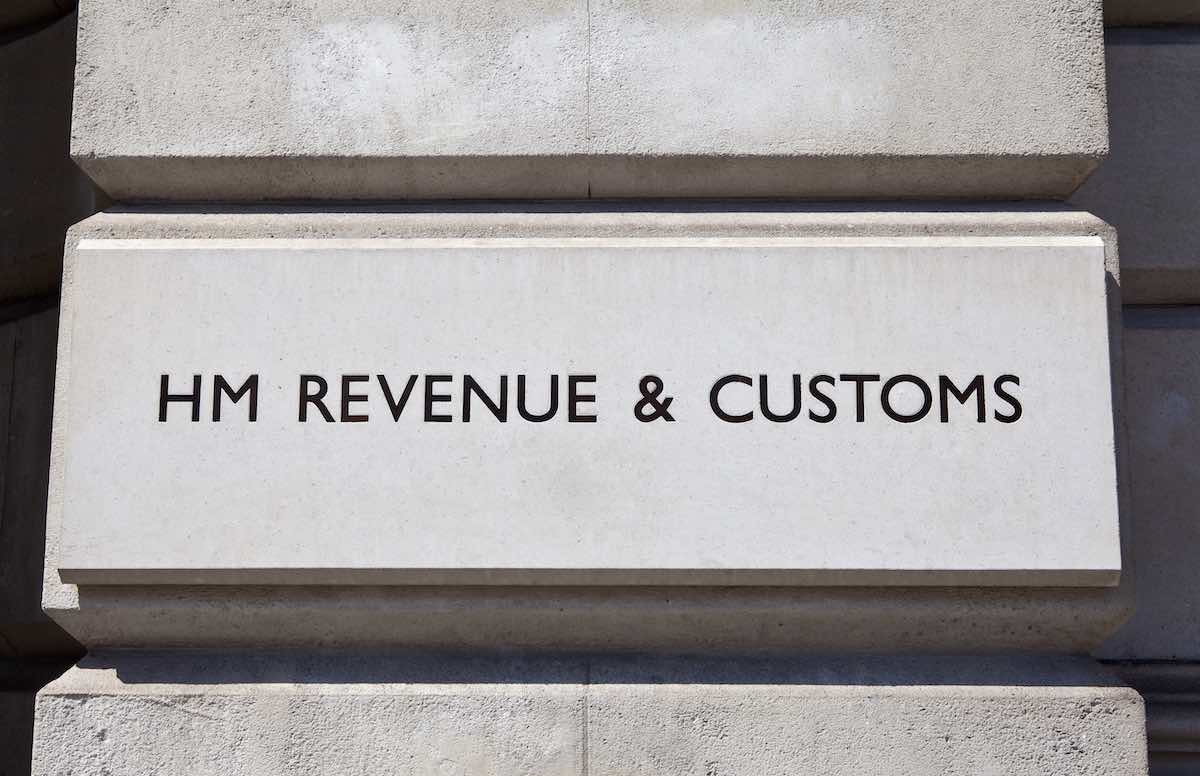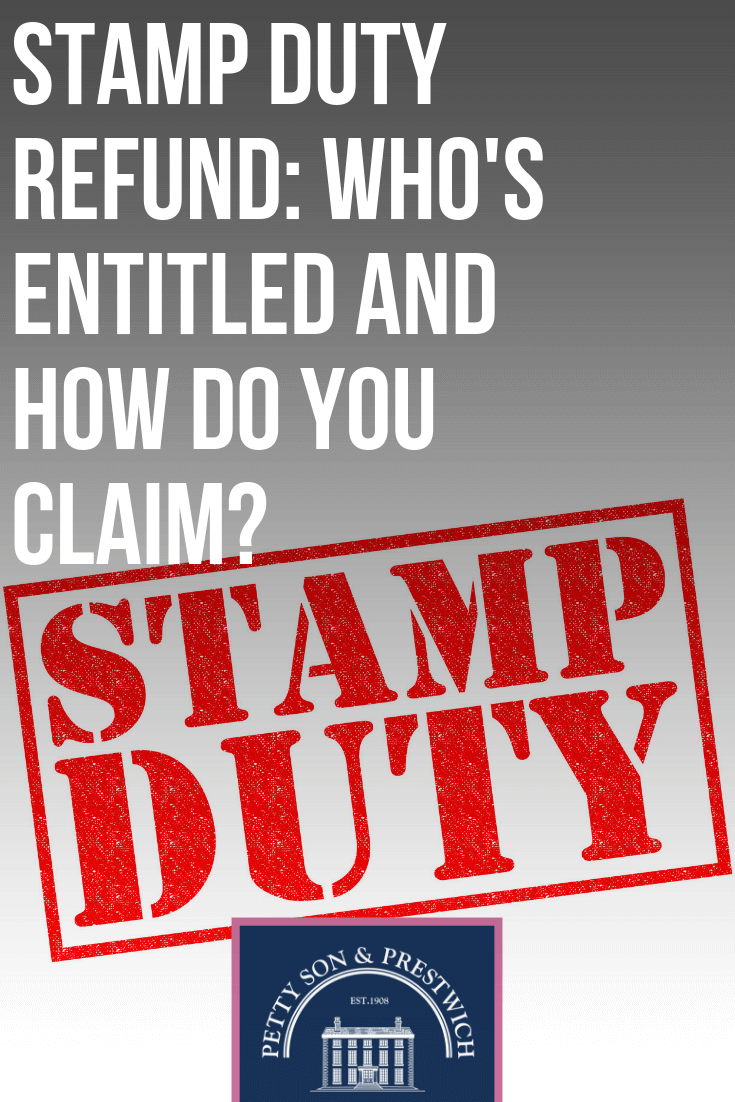Stamp duty land tax (SDLT) is a huge part of the property buying process and one of the biggest expenditures homeowners will have to bear. Trying to avoid SDLT can land you in hot water, but some buyers may have overpaid or qualify for an exemption in retrospect, which means they may be eligible for a stamp duty refund.
Here we’ll look at some of the reasons why a stamp duty refund might be granted, what the procedure is for making a claim, and how long it might take to receive a refund from HMRC. Before all that, though, let’s quickly go over some stamp duty basics.
What is stamp duty?

Stamp duty land tax (SDLT) is a tax payable on property or land purchases in England and Northern Ireland (Scotland and Wales have similar schemes: Land and Buildings Transaction Tax (LBTT) and Land Transaction Tax (LTT) respectively).
The amount of SDLT you’ll be liable to pay will differ for many reasons. Things such as your buying status (whether you’re a landlord, first-time buyer, purchasing a holiday home, etc.) and the price of the property in question will all be factored into the equation.
Buyers are the only ones who’ll pay SDLT in a property deal, as sellers are not required to, but, in most instances, the seller will be buying another home to replace the one they’ve left, so both parties will end up paying, albeit for different transactions.
Stamp duty does not incur VAT, as it is a standalone tax.
What about the stamp duty surcharge?
As well as the standard stamp duty payment, a surcharge will be applied if you:
- Are purchasing buy-to-let property as a private landlord or through a limited company
- Are buying a second home for £40k or more
The stamp duty surcharge has been in effect since April 1st, 2016.
With that out of the way, let’s move on to what we’re here for!
Why would anyone be entitled to an HMRC stamp duty refund?

With guidelines laid out over who has to pay stamp duty and the amount payable calculated on set amounts, it’s hard to see why there would be instances where a stamp duty refund would be applicable. As ever, though, things aren’t always that straightforward.
Below are a few reasons why buyers may find they are eligible to claim a stamp duty refund from HMRC:
Second home stamp duty refund
You will be eligible for a stamp duty refund on your second home surcharge if you sell your main residence within three years of paying the additional 3%.
For properties sold on or before October 28, 2018, you will need to make the claim within a year of the stamp duty being filed on the purchase or within three months of the sale’s completion date, whichever one is later.
Property sold on or after October 29, 2018, your request must be received by HMRC within 12 months of the main residence being sold, or within a year of the new residence’s stamp duty filing date, whichever is later.
The sale of a main residence can happen for a number of reasons, but some common causes include:
- Losing a buyer but not wishing to give up on your purchase, which will mean buying a ‘second home’ without selling your original main residence
- Divorce proceedings could force you to buy another property before your old main residence is sold
- Buying as a couple where one party holds on to their property, either because they couldn’t sell or they wanted to keep the property for a short period of time
- Change of heart could also be a factor if you buy a holiday home but then decide to sell your previous main residence and live there full-time
Stamp duty land tax refund for houses with an annexe
This is a big reason for claiming a stamp duty refund, and many people are still unaware that they may have overpaid because of it. If you paid a stamp duty surcharge on a property with an annexe, granny flat, or another similar, smaller building on the grounds of your main home, you might be able to make a claim to HMRC.
It’s all thanks to a change in the rules which came into force back in 2018. Properties with a self-contained annexe on their grounds are now regarded as a single home, rather than two different properties, so long as the main building is worth at least two-thirds of the property’s overall value.
If your property falls into this category and your purchase was made after the changes to the rules were made, you could well be eligible for a sizeable refund. Contact your conveyancer to find out what rate you paid and ask them to resubmit if they made an error.
Shared ownership stamp duty refund for first-time buyers
The chancellor stated in his 2018 Autumn budget that shared ownership properties purchased by first-time buyers will be exempt from stamp duty, providing the home’s value does not exceed £500,000.
This relief can also be applied retrospectively, which means that if you bought a shared ownership property as a first-time buyer on or after November 22nd 2017, you may be eligible for a stamp duty refund.
Stamp duty refund on uninhabitable buildings
You may have read about Paul and Nikki Bewley’s case in the nationals, as their tribunal hearing made the newspapers recently, and the result could help future claims for those who have purchased properties that were considered uninhabitable.
The couple bought a £200,000 derelict bungalow as a buy-to-let investment back in January 2017. The property had no central heating and was filled with asbestos, so their plan was to demolish the existing building and start afresh with a brand new home, which they would then let to tenants. Thinking they would not be liable to the buy-to-let surcharge, the Bewley’s initially paid the standard rate of stamp duty, £1,500, only to be subsequently told by HMRC that they actually owed £7,500!
Under the Housing Act of 1967, to be regarded as habitable a property must have suitable facilities to meet basic needs, such as maintaining hygiene (i.e. a workable bathroom and toilet) and means to be able to cook for oneself (a kitchen). HMRC, however, took the stance of stating that the Bewley’s buy-to-let investment would be fit for habitation in the future.
The tribunal thought otherwise and awarded in favour of the Bewley’s, as they deemed the property unfit for immediate habitation, so they were not be liable for the stamp duty surcharge.
This ruling could mean that hundreds of old surcharges could be called into question by landlords who have previously paid the top rate for properties that were in dire need of renovation in order to make them livable spaces. While it’s still early days, many are speculating that HMRC could face a spate of retrospective claims for stamp duty refunds as a result.
SDLT refund on miscalculated properties
The last reason on our list is a rather simple one: you could have paid more stamp duty than you should have due to an inaccuracy with HMRC’s online stamp duty calculator. The Revenue and Customs website has a tool to help work out how much you need to pay, but it emerged recently that the calculate wasn’t always accurate.
HMRC have since stated that the online tool is merely there to offer guidance, but many solicitors were actually using it to make their final calculations, which means that as many as one in six may have overpaid. The government body has disputed this amount, stating that the majority of buyers pay the correct amount of SDLT, but there’s always a chance your solicitor could have taken their calculator’s word as gospel.
Those affected by the issue would potentially be those whose properties are deemed ‘mixed-use’ or homes with an annexe (see above). Should you feel that you may have been overcharged, contacting your conveyancer or the Law Society should shed more light on whether or not you have a case for an SDLT refund.
What is the stamp duty refund procedure?
The stamp duty refund procedure is fairly straightforward and can be done either online or by post. You may wish to hire a solicitor to handle your claim, but you can do it yourself if you feel comfortable doing so.
One thing to look out for is companies offering a ‘no win, no fee’ solution to stamp duty refunds. While these may seem like a good deal at face value, you’ll probably end up paying a lot more to them should you claim be successful as their percentage rates tend to be high.
How long does a stamp duty refund take?
Providing you supply HMRC with all the relevant information, your claim should be processed within 15 days. If your claim is not settled within this time, you could be entitled to any interest due on the refund, but you will not be able to file for compensation.
Need more help with your stamp duty refund?
That’s it for this post, but if you need further advice we’d be happy to help where we can. For those of you in or around Wanstead, we can put you in touch with trustworthy professionals who can point you in the right direction when filing your stamp duty refund application, so please do reach out.
For everyone else, we’d be delighted to answer any queries you may have on this or any other property related matters. Get in touch with Petty’s today!
